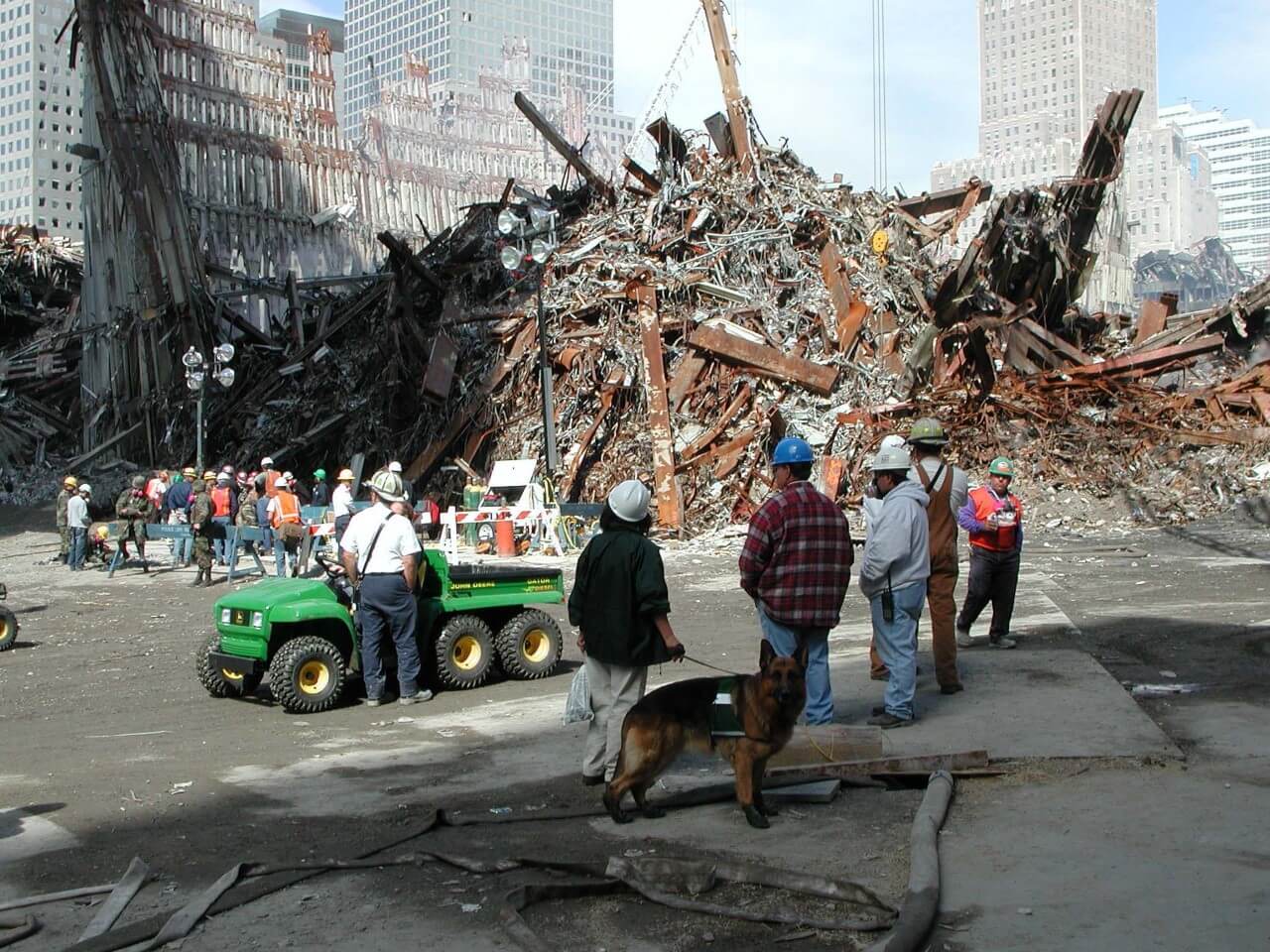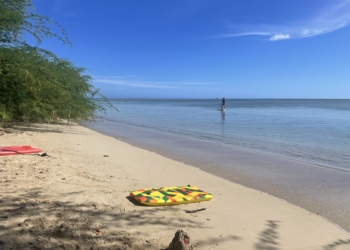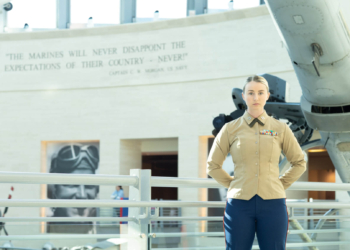A canine handler is examining the role she and her dog Uno played at Ground Zero 20 years after the historical terrorist attacks.
Pat Gartman was a 57-year-old pharmaceutical representative and longtime professional dog breeder in 2001. She had no idea that within two weeks of Sept. 11, she and Uno would fly from Oregon to New York to help in a very unique way: as a Crisis Therapy Response team, one of only four in the nation at the time.
“Uno was really what I call an empath,” Gartman said from her home in Cottage Grove. “We worked 14- to 16-hour days, going around the whole ‘Pile.’ Uno could just read people so well, and he always knew exactly who needed his help.”

Sensitive Soul
Uno’s “help” looked a little different than most people picture when it comes to intimidating German Shepherds. He wasn’t at the rubble for search-and-rescue or crime prevention, but instead to identify the most traumatized who needed immediate mental health assistance.
“I was there when Uno was born, and the more I worked with him, the more I realized he was special,” Gartman said. “They called Uno ‘bombproof’ in his testing because he was so steady.”
Born in 1996 in Canada, Uno comes from a storied line of world-class German Shepherds known as Schaefferhunds. Gartman has worked with them since 1965, traveling to Germany dozens of times to select the best puppies for training and breeding. Germany is also where she met and fell in love with Uno’s father and grandfathers, leading her to eventually acquire their son.
Gartman quickly began running “temperament tests” on Uno to gauge how he would respond to exciting or stressful situations. Did he have a strong prey drive? Would he startle too easily? He passed each test with ease and was sent to Germany during what Gartman calls “the longest year of my life” for professional training at age 2. Uno attained the highest certifications in international police work, therapy, and crisis response.
Due to her degree in counseling, Gartman often worked with the Red Cross. The organization asked her and Uno to serve the traumatized police officers, firefighters, and other workers at Ground Zero. The team flew to New York City on Sept. 26, 2001, and remained for over a week.
Danger Zone
Uno knew around 40-50 commands, all in German. But when he saw the mass of suffering humanity surrounding the fiery crater, he immediately got to work with no prodding.
“A retired firefighter kept going around with a little shovel, looking for his dead son,” Gartman remembered. “He sat down in the dirt and Uno laid his head in his lap. The man hadn’t cried until then, but he sobbed into Uno’s neck.”
Navy Lt. Cmdr. Jim Jenkins had been serving as a chaplain at Ground Zero for days and felt shell-shocked. He sat on a pier and shook violently when he suddenly sensed a strong presence. He looked up into the kind eyes of Uno, who immediately offered his whole body to hold and cry into.
“I had really hit a wall, but it was as if the Lord sent Uno,” Jenkins said. “What Uno did was give me permission to vent the emotions I was holding down. It was enough of a release valve for me to continue my work.”
Uno had his own security pass and wore specialized booties to keep his feet from burning on the still-smoking surfaces. At each day’s end, he received decontamination baths and IVs for his dehydration — because as long as people needed him, Gartman said, he refused to eat, drink, or relieve himself.
After several days, Uno showed signs of depression. A priest at St. Paul’s Chapel, just steps away from the carnage, gave Gartman permission to throw a ball for Uno in the centuries-old graveyard.

“That was the first day I saw him smile since we got there,” Gartman said, tears spilling out.
Gartman has not returned to New York City since 2001 but plans to eventually donate Uno’s boots and vest to the 9/11 Memorial & Museum in person. When he died in 2010, Gartman wrapped his body in an American flag.
“That was Uno,” she said. “An American hero.”
Read comments






































